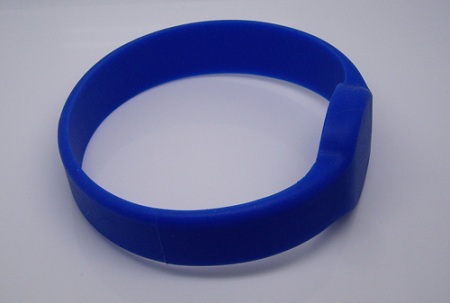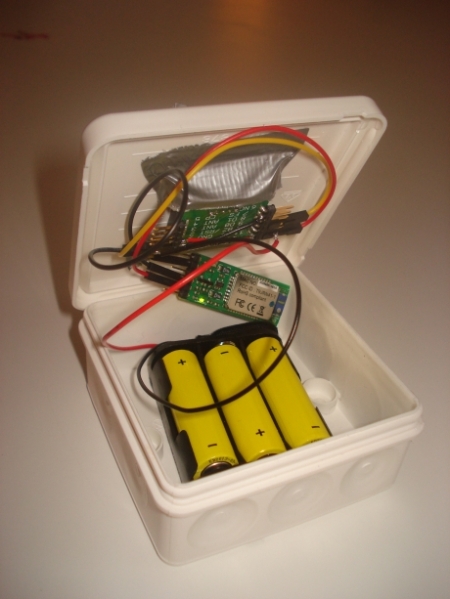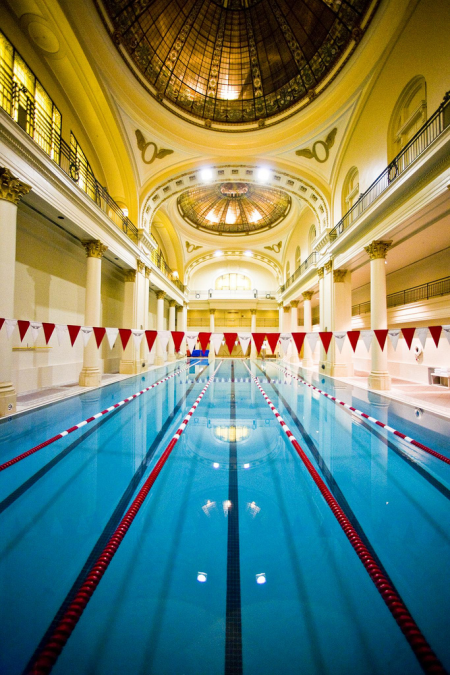Lacking the courage to implant an RFID, I’ve been looking for a sort of bracelet suitable for swimmers. According to the spec, the ID-12 reader reads EM4001 compatible 125 kHz RFIDs. Google brought up a ton of RFID suppliers, but most of the form factors on offer didn’t look very robust.
The Smart-Wrist tag by Smart-Tec might be an elegant solution as it could be attached to the locker-key bracelet which you get at many pools. However, the German producer did not even bother to write back after I painstakingly filled out their contact form.
Fortunately, there is a pretty well-suited wristband from Daily RFID in China. They seem to sell their product in big quantities ($0.73 per piece for 1000 pieces) but you can ask them for an engineering sample ($15.00 for 5 pieces). Their staff is very friendly and helpful and they accept payment via PayPal.

A few days after my order the sample arrived (yesterday) and the first impression is pretty good. The RFID wristbands feel soft and the Rfish reader prototype reads them without a problem. While it perfectly fits my wrist, the fixed size could be a slight disadvantage for skinny people. And it remains to be seen how the material and my skin looks after using the bracelet for a while in the pool.
Regards,
tamberg
 This work is licensed under a Creative Commons Attribution-Noncommercial-Share Alike 2.5 Switzerland License.
This work is licensed under a Creative Commons Attribution-Noncommercial-Share Alike 2.5 Switzerland License.









